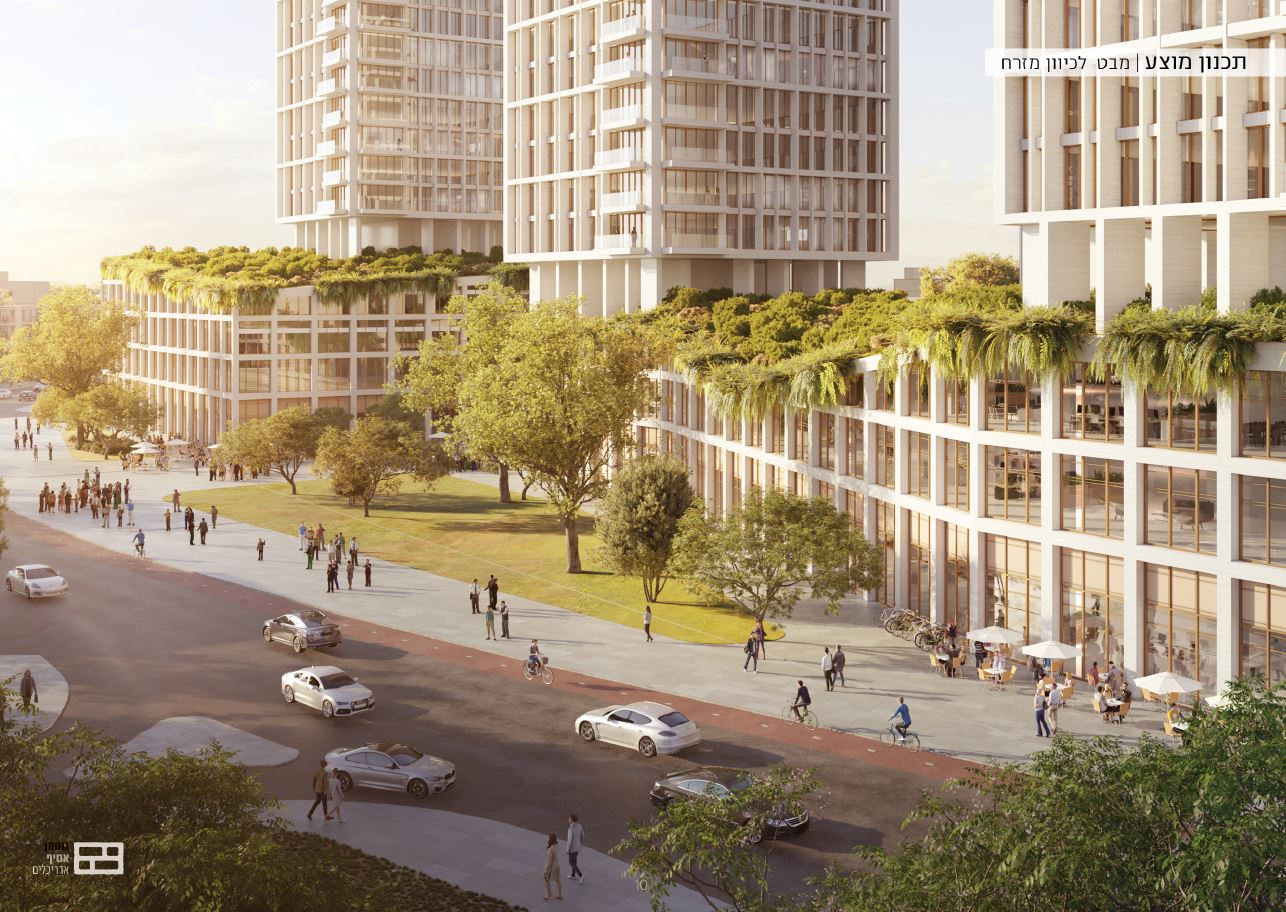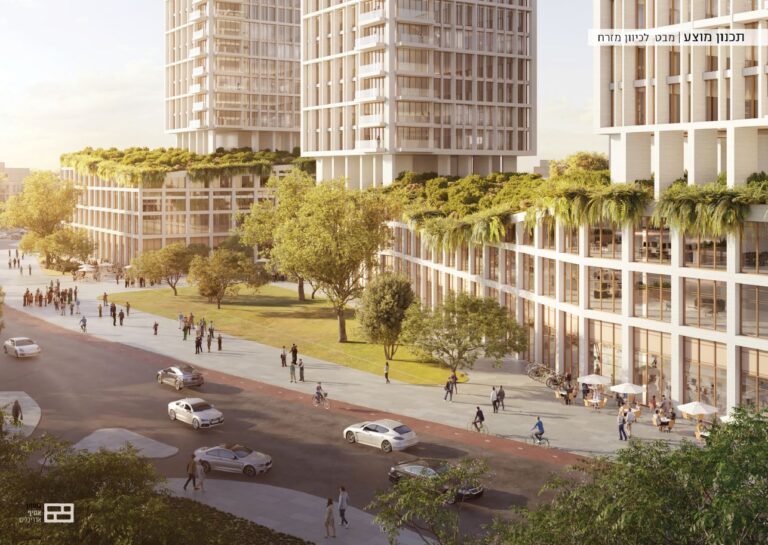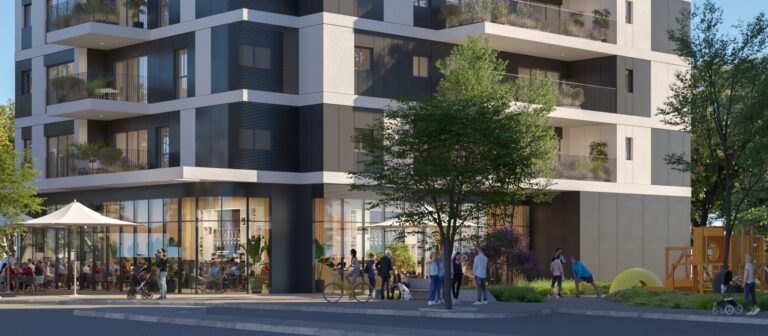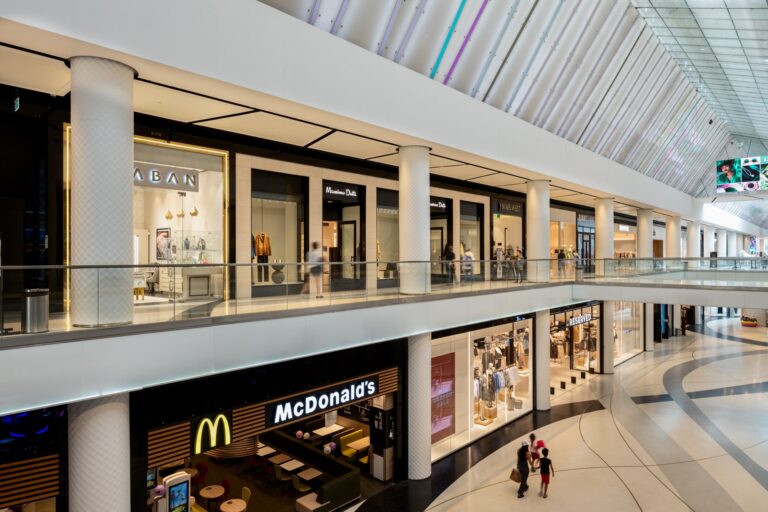The neighborhood center is leading new trends with smart adaptation to the target audience, a personalized store mix, and a holistic view of the community space – because it seems that the Israeli public loves to shop close to home.
The neighborhood center has been reborn as a multifunctional community space, offering a smart service mix and a variety of stores tailored exactly to the needs of the population. How did the previously sleepy neighborhood center rebrand itself as a preferred shopping alternative, and how can the public space contribute to the center's success?
The Store Under the House – A Makeover for the Neighborhood Center
We live in a decade where the unexpected is the norm. After the global coronavirus crisis, extensive geopolitical changes, and the ongoing war, it seems that Israeli consumer habits have also changed. One of the prevailing trends of the period is the resurgence of the neighborhood center. From a dilapidated and abandoned complex, the center has become the beating heart of the neighborhood, offering not only shopping but also a community experience of entertainment and leisure.
Smart Adaptation: Tailoring the Center to the Community
A crucial part of designing a neighborhood center includes demographic research on the target community: "Although the basic mix of the shopping complex will be based on a food anchor, with essential services and complementary niche stores, it is important to tailor the offering to the community – meaning the products and services must provide a segmented response or adapt to the target audience," says a representative from Raba'uah Khol Real Estate, one of Israel's leading companies in the commercial real estate sector. The company, which owns TLV Mall, is also leading the development of shopping and residential complexes as part of an advanced mixed-use concept.
According to them, adaptation is the key to smart commerce. For the Haredi public, for example, the neighborhood center can offer a synagogue nearby, along with discount stores, which are an integral part of the community's consumption patterns. In addition, this is a community that invests in its appearance, and it is important for them to arrive in nice clothing at the numerous community meeting points. Therefore, they will also enjoy a selection of fashion stores for women, men, and children.
For the modern family, the store mix needs to cater to the diverse needs of daily life, from food to contemporary lifestyle brands.
In line with current trends, space will also be allocated for stores offering gadgets and computer games, alongside those providing a wide range of baby products, toys, or school supplies. In neighborhoods characterized by housing for young people or students, there will be an emphasis on fast food or take-away stores, understanding that the target audience cooks less at home and prefers accessible dining solutions. It is important to note that almost any brand can implement smart adaptation to the target audience, but this is a process that requires time, thought, and investment.
Creating Shared Spaces – From Coffee Shops to Neighborhood Gardens
Highlighting public spaces in the micro-urban environment contributes to creating opportunities for social interactions. Alongside essential services such as clinics or banks, the public space will focus on incorporating open areas like a neighborhood library or community center. In some cases, it may offer shared working spaces, which will become a focal point and contribute to interaction among residents. The neighborhood garden must also be adapted to the community's needs, with elements such as a children's playground, green and shaded corners, a dedicated dog park, or seating areas that encourage community connections.
Between Shopping and Community
"The neighborhood center contributes not only to the social fabric but also helps promote local employment, improves transportation accessibility, and reduces the use of private cars," explain the team at Ravu'a Khol Real Estate. According to them, the complex serves as an immediate, convenient alternative for everything needed for daily life operations.
The Perfect Blend of Convenience and Experience
The accessibility of the commercial center to the community will be a significant factor in its economic success, along with its ability to create a diverse recreational experience that will attract local residents and encourage them to view the space as their preferred hangout spot. "We see that the neighborhood center is becoming a dynamic space that reflects the changes in urban lifestyles. It represents an inclusive urban philosophy that balances retail and social needs, with a focus on lifestyle, accessibility, and fitting the community's needs," the company concludes.




